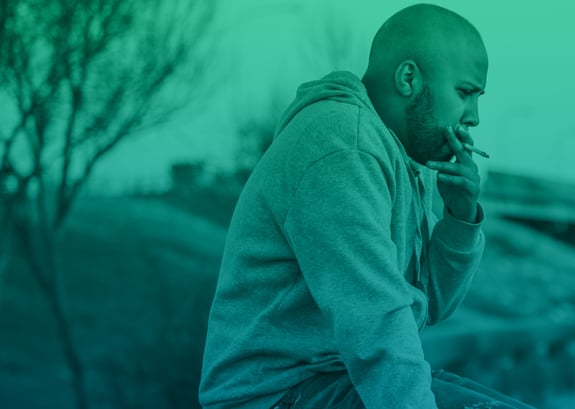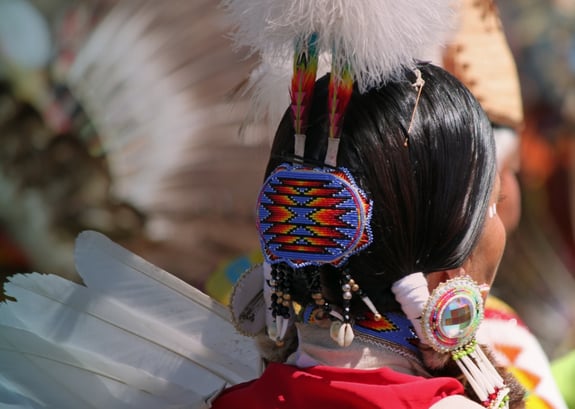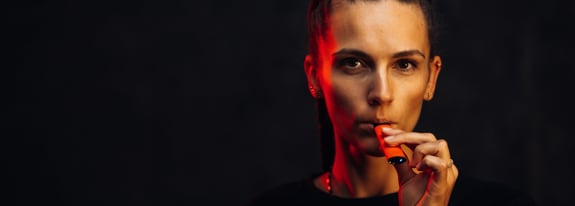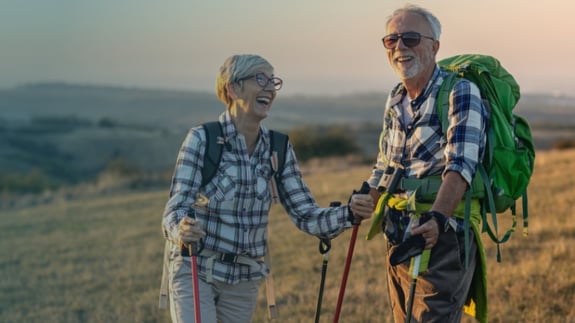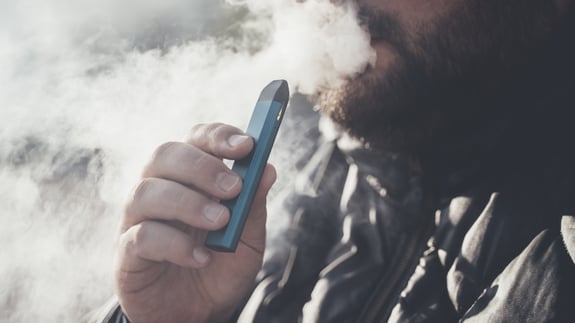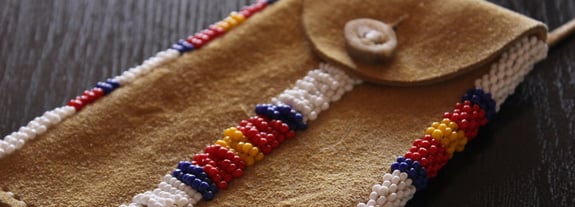
Native Americans
HONOR OUR HEALTH
It is said that our spirits are free because we are of the land—that our connection to the Earth, and to each other, is our power. More than half of Lakota, Nakota and Dakota people use commercial tobacco. These poisons can make us sick and harm our way of life. Together, we can overcome the addiction.
Commercial tobacco harms our traditions, but traditional "tobacco" use isn't harmful.
Learn MoreCommercial tobacco targets our communities and especially reservations.
Learn MoreAccess tribal tobacco toolkits and more tobacco control resources.
Read MoreProtect yourself and your new baby from the harmful effects of tobacco use during and after pregnancy.
Read MoreVaping is detrimental to the health of those who vape, people around them and the planet.
Read MoreQuitting will not be easy, but it will be worth it. Here are some things to consider if you're thinking about quitting.
Read MoreWHAT YOU NEED TO KNOW

SD Quitline
People who use a Quit Coach are 2x more likely to quit and stay QUIT!
Quit & Stay Quit
Everybody quits differently. Your quit journey is your own, and only you know what works for you. Find the method that fits into your journey to put out that cigarette, shut off the vape pen or close the tin for the last time. Start your quit journey today, and get back to your life!
Read MorePhone Coaching
Get help from a Quit Coach with phone coaching. They will be there for you every step of the way.
Get StartedKickstart Kit
Kick the habit with the FREE Kickstart Kit, which ships to your door with cessation medication and the Quit Guide.
Get Your KitQuit Guide
Skip the coaching and medication for now. Start your journey with the FREE Quit Guide to quit when you are ready.
Get the GuideWe respectfully acknowledge the variations in Lakota and Dakota traditions related to sacred tobacco. This site contains stories and references from tribal members statewide. We encourage you to share with us and to reach out to leaders in your community to join the conversation.
©2022 South Dakota Department of Health. All Rights Reserved.

